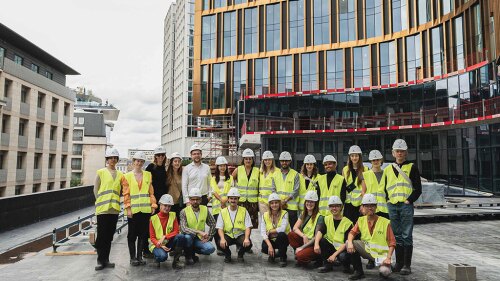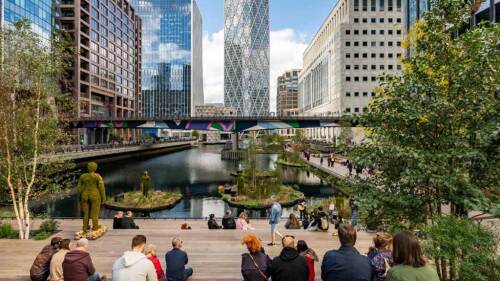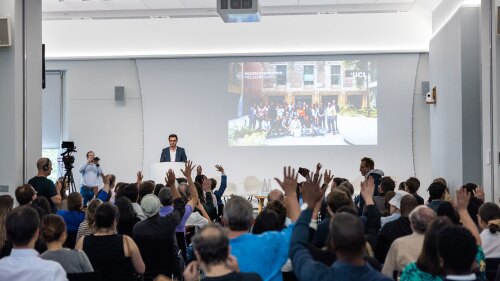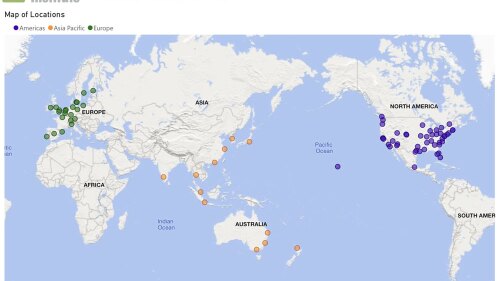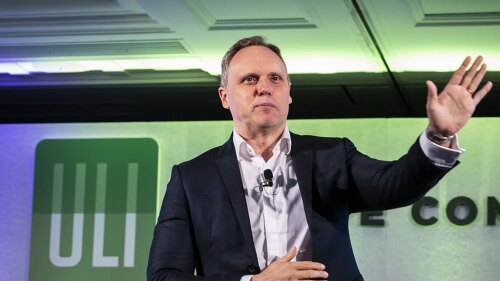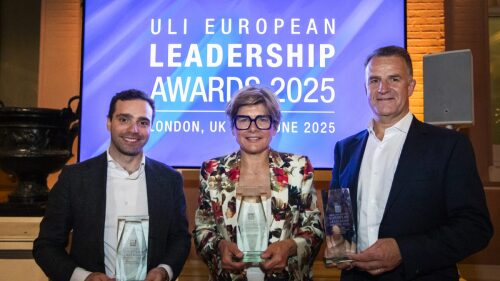Europe
Holiday travelers may notice that airport-connected hotels are incorporating more regional touches, from façade to dining. Here are five examples that offer the ultimate luxury, a short walk from guest room to terminal.
With society and the real estate industry significantly behind on achieving the targets set in the Paris Agreement, and worsening affordability in Europe’s housing, ULI Europe’s C Change for Housing program has launched a landmark interactive systems map and companion report to help the real estate industry identify, co-create, and scale the solutions needed to decarbonize existing and future affordable housing.
Four exemplary real estate projects were named the overall winners of the 2025 ULI Europe Awards for Excellence from this year’s ten finalists. The diverse winning projects include a social housing project in Milan situated on an abandoned office development site, a new secondary school in Brussels developed in a former brewery, a new flexible life sciences hub in Stockholm, and an acute healthcare facility in Birmingham, which is intended as a catalyst for community regeneration.
Concerns about deglobalization surge, AI revolutionizes real estate, and top European cities for investment identified as London, Madrid, Paris, Berlin, and Amsterdam
How a two-week Fellowship by the Holcim Foundation and ETH Zurich turned the EU’s “Renovation Wave” into a practical playbook for policy, finance, and culture.
Ten built environment projects from eight countries across the EMEA region have been announced as the finalists in the sixth annual ULI Europe Awards for Excellence, which recognize exemplary projects and programs in the private, public, and non-profit sectors. This year’s finalists comprise cutting edge refurbishment, restoration and new build projects, and include residential, healthcare, mixed use, education, community, laboratory, and office projects from Italy, Germany, the UK, Belgium, Sweden, Denmark, France, and Spain.
A two-week program, hosted by UCL’s Department of Civil, Environmental & Geomatic Engineering and led by José Torero, Matthew Heywood, and Michael Woodrow, with a cohort of early-career professionals tested the limits of The London Plan and imaged what could lie ahead through a fellowship themed “Innovating Tomorrow’s Resilience.”
Despite geopolitical headwinds, green building regulations continue to gain momentum among local authorities. Many cities have moved beyond reporting requirements to demand practical, asset-level action. Numerous jurisdictions have introduced requirements on net-zero carbon and energy efficiency in buildings, fossil fuel-free heating, embodied carbon, electric vehicle (EV) charging facilities, and climate adaptation measures.
During his keynote speech at the 2025 ULI Europe Conference in London on June 18, Daniel Lacalle. chief economist of Spanish private bank Tressis, told real estate business leaders they should be allocating more investment dollars to hard assets such as real estate. “Hold hard assets like there is no tomorrow,” he said. “Hold onto hard assets as much as you can.”
The awards celebrate a senior leader, a young professional and a DEI champion





